Land of roses and hard-baked resilience
For a retired farmer, what travel adventure would be complete without some farmhopping?
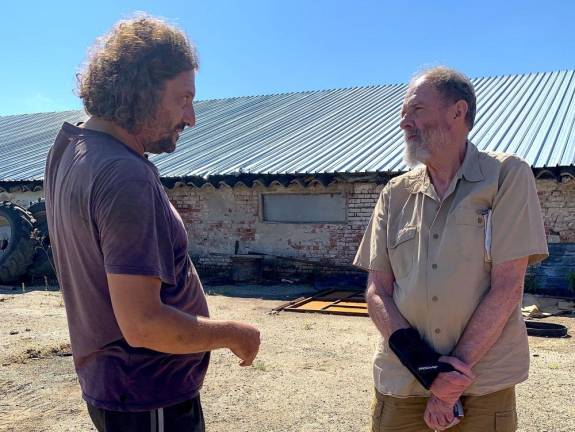
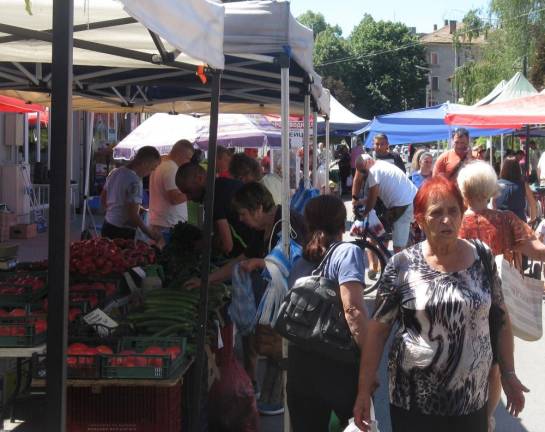
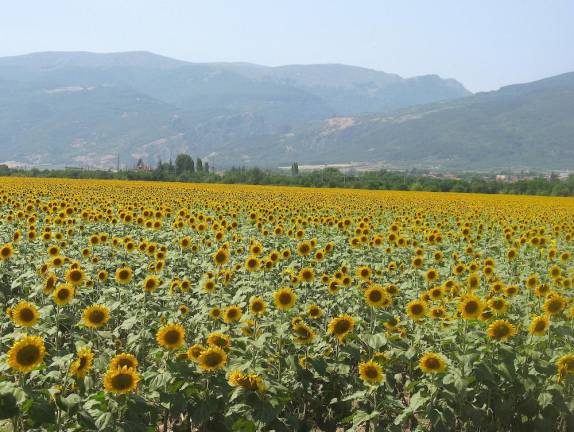
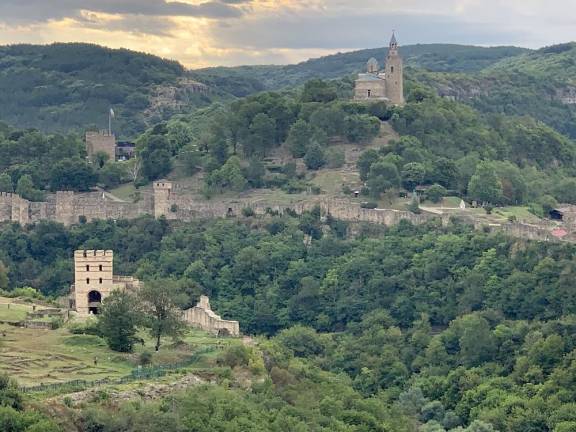
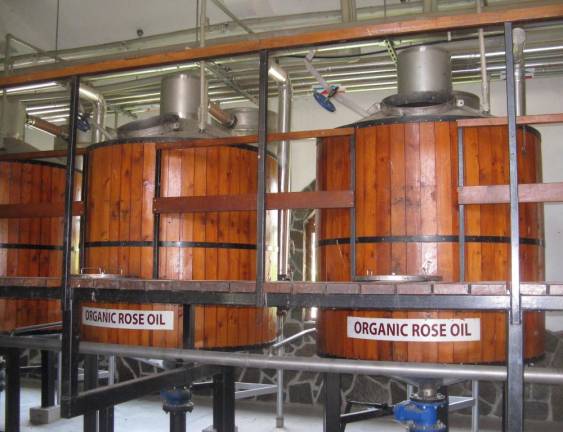
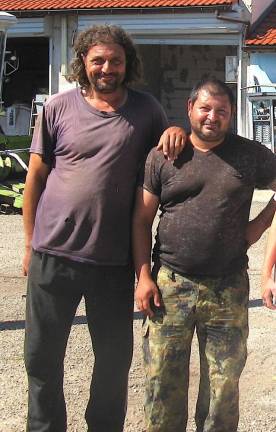
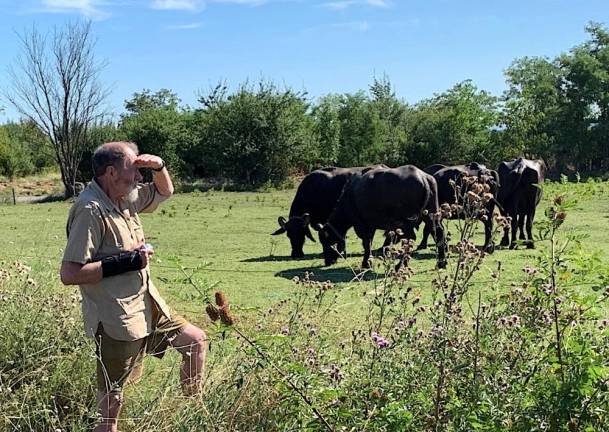
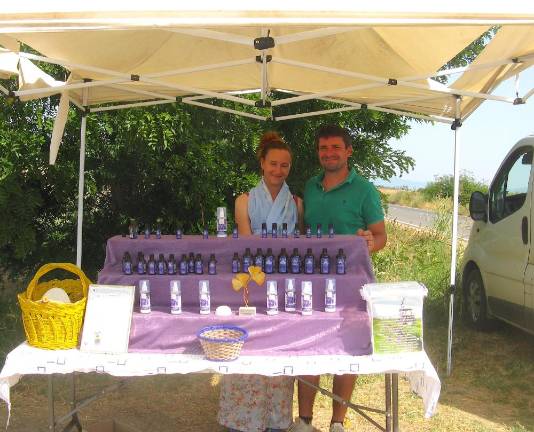
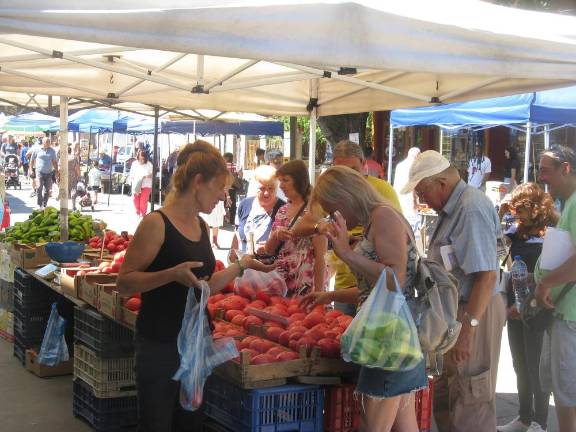
Years ago, if you’d asked me what I know about Bulgaria, I’d have said, “Not much. It’s in Eastern Europe, behind the Iron Curtain, I think.” Indeed, it was behind the Iron Curtain when that dark metaphor described a very real feature of the World Order. But what once was, often no longer is – especially in Bulgaria, which during its long history has seen conquerors and empires come and go. Thracians, Greeks, Romans, Germanic tribes, Ottomans and, more recently, Russians are among the foreign forces that have overrun Bulgaria. In the interest of getting on with life, a generational resilience seems baked into the Bulgarian character. I can attest, that character is robust, confident and upbeat.
My wife and I have American friends who have lived in Sofia, the capital of Bulgaria, for five years. During return trips to the United States, they’ve given glowing accounts of their adopted country and suggested we visit. This past summer we accepted their invitation.
Today, Bulgaria has strong Western leanings. It’s a member of both NATO and the European Union. Still, many Bulgarians maintain ties with Russia and identify with their common Slavic ethnicity, culture and use of the Cyrillic alphabet.
We visited Roman ruins superimposed on Greek ruins, a burial mound containing an elaborate Thracian tomb, Roman amphitheaters, old Orthodox Christian churches and monasteries and even a Muslim mosque (the Ottoman Empire controlled Bulgaria for five centuries, ending its domination only in 1878).
But for a retired farmer, what travel adventure would be complete without visiting a few small farms? And this we did. Bulgaria has good soil and a temperate climate eminently suitable for growing grains like wheat, barley, oats, soybeans, as well as fruits and vegetables, and raising livestock. Much of their agricultural output is exported to other Eastern European countries.
Bulgaria may be most famous, however, for its flowers. We passed many a photogenic field of sunflowers, the seeds of which are processed into sunflower oil, another important export. But little did I know, Bulgaria is the world’s largest producer of rose and lavender oils. The southern foothills of the Balkan Mountains are known as Rose Valley, where roses have been cultivated for centuries. The flowers are cut one by one, gathered into willow baskets – traditionally women’s work – and distilled into rose oil, whose regenerative effect on cell tissue makes it a balm for dry and aging skin. It takes 60,000 roses to produce a single ounce of oil. We were too late to see the roses in bloom — the harvest wraps up the end of June — but we did go to a rose oil refinery.
The first small farm we happened upon, called Lavender World, was operated by a young couple selling their lavender oil at a roadside farm stand. The pair grows approximately 50 acres of lavender, whose leaves and flowers they distill into oil. Like rose oil, lavender oil requires so much land, to produce, it is rarely produced in the United States. We stopped at the stand and bought a couple of small bottles from this delightful couple. (Ash Hopper, the Warwick soap company profiled last issue, gets its lavender oil by the keg from Bulgaria.)
Our next farm visit stop was at a third-generation dairy farm, with an earthy, old-world feel to it, nestled into the foothills of the rugged Balkan Mountains. The farmer and his daughter milk 22 Montbeliarde cows (a French breed) and four Murrah water buffalo, which come from India. They use the milk to make white cheese and yogurt, and meat from the male animals is cured into sausage. They sell their products at the local farmers market, and while we were visiting, several neighbors stopped by to purchase cheese and sausage directly from the farm.
Our last farmhopping stop was spontaneous. Driving through northern Bulgaria, near the town of Balvan, my wife enthusiastically excitedly noted a field of grazing buffalo. Our guide responded with a tap on the brake, turning into a long driveway that led to the farmstead. We were greeted by the owner and two workers, who good-naturedly offered us a tour. They had at least 150 buffalo, all of the Murrah breed, including winsome calves ranging from very young to adolescent. Aside from those grazing outdoors, we saw others dining on hay after being milked in a large barn. The few bulls were separated — apparently, they fight each other when females are around. Murrah buffalo produce only about half as much milk as the average dairy cow, but their milk has twice the butterfat and is richer in proteins, vitamins and minerals. It is preferred for making cheese, butter and yogurt.
It was in the town of Sevlievo in north-central Bulgaria that we saw our one farmers market. It reminded me of my days selling at the Greenmarket in New York City. Open on Fridays, it was a busy place with about 70 local farmers. The stalls were stocked with vegetables, fruits, cheeses, eggs and other edibles. Farmers and shoppers were engaged in animated conversation and seemed to be enjoying themselves. If we’d had time and access to a kitchen, we’d have gone home with bags packed full.
As it was, I returned home with a line from Hamlet echoing in my head: “There are more things in Heaven and Earth, Horatio, than are dreamed of in your philosophy.”